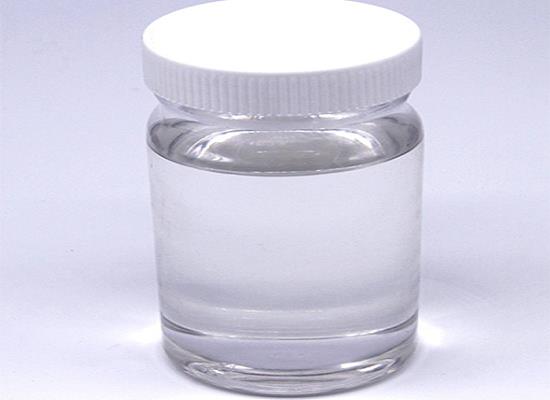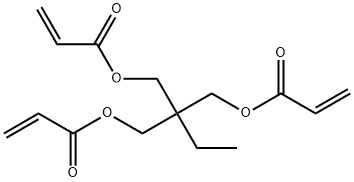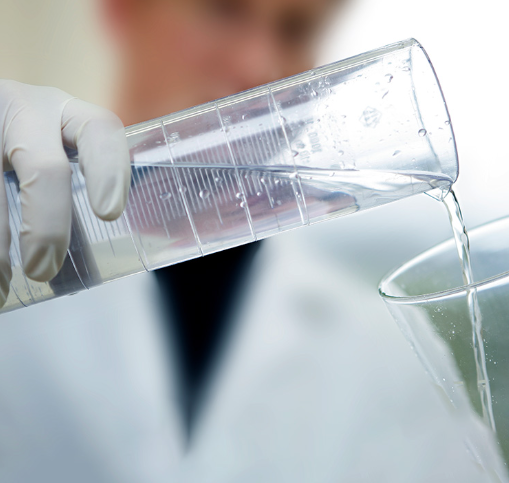Trimethylolpropane Triacrylate: Industrial Applications and Genotoxicity
Trimethylolpropane triacrylate (TMPTA) is a trifunctional monomer that can be used to produce a variety of polymers. The most common uses of trimethylolpropane triacrylate are in the production of UV-curable coatings, inks and adhesives, resins, photosensitive materials and superabsorbents. In addition, TMPTA-based polymers are also used to produce thermosetting resins for the production of composites, laminates and coatings. TMPTA can also be copolymerized with other monomers to adjust the properties of the resulting polymer to meet specific requirements.

Figure 1. Trimethylolpropane triacrylate
Application
1. Application in photocurable 3D printing materials:
Trimethylolpropane triacrylate is a multifunctional monomer that is often used in combination with other monomers to prepare acrylic resins suitable for electron beam curing or photocuring. For example, in two-photon polymerization micro-nano processing, TMPTA can be used as one of the resin components in combination with bifunctional monomers and photoinitiators to improve the curing efficiency and mechanical properties of the material.
2. As a component of radiation-curing coatings:
In radiation-curing coatings, trimethylolpropane triacrylate is a multifunctional monomer that can be used in combination with other low-viscosity monomers or oligomers to form thermosetting coatings through radiation curing. The coating has low volatile organic compound (VOC) emissions and is environmentally friendly.
3. Application in plastic modification:
In the radiation cross-linking modification of plastic materials, trimethylolpropane triacrylate can be used as a plasticizer or modifier to increase the cross-linking density of the material by providing additional functional groups, improving its physical properties such as heat resistance, chemical resistance and mechanical strength.
4. Polymer science research:
In the field of polymer science research, trimethylolpropane triacrylate is used as a model monomer to study the synthesis, characterization and properties of polymers, and has applications in polymerization reactions such as free radical polymerization, photocuring and electron beam curing.
5. Application in biomedical materials:
In the field of biomedical materials, trimethylolpropane triacrylate can be used to prepare biocompatible polymers for drug delivery systems, tissue engineering and biosensors.
6. Industrial application patent mentions:
In some industrial application patents, trimethylolpropane triacrylate is mentioned as a key component for preparing materials with specific properties, showing its importance and application potential in materials science.
You may like
See also
Lastest Price from Trimethylolpropane triacrylate manufacturers

US $0.00-0.00/kg2025-06-13
- CAS:
- 15625-89-5
- Min. Order:
- 1kg
- Purity:
- 99.0% min
- Supply Ability:
- 10tons

US $0.00/drum2025-05-16
- CAS:
- 15625-89-5
- Min. Order:
- 1drum
- Purity:
- ≥98%
- Supply Ability:
- 2000


